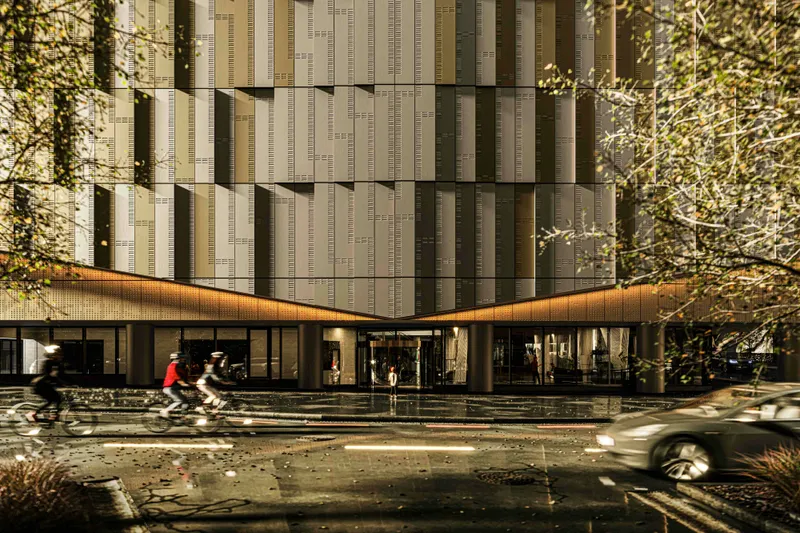NewsPerspectives
Webinar: The power of co-design to amplify architecture

Recently, Warren and Mahoney hosted the second of our Dialogue Webinar Series. In EP02, subject matter experts explored the power of co-design to amplify architectural outcomes. Rod Marler, Whare Timu, Vajini Pannila and Jefa Greenaway took the audience through all aspects of co-design, shared their own project experiences and highlighted the value that it brings beyond the design process.
Our speakers agreed that, despite increasing awareness around cultural inclusivity, co-design and the value it brings, we are not yet scratching the surface.
“Architecture and design can empower Indigenous communities, and indeed all of us, giving rise to cities which are unique and powerful expressions of our civic identity, says Rod Marler, Principal at Warren and Mahoney.
“Indigenous cultures have relevance to everyone. They remind us of a time in our collective past when we were more connected to our world, offering seminal lessons as we search for ways to solve the problems of our time.”
The design of Warren and Mahoney’s own Auckland Studio located in Wynyard Quarter, references the past from a cultural and a land-use perspective to inspire, activate, and educate. “I have seen the power of this process in action and the strength that is added to outcomes through strong connections of people to place. This way of approaching design through trusted relationships has become the way that I now view the world,” says Marler.
Whare Timu, Principal at Warren and Mahoney and Te Matakīrea lead has a passion for empowering Indigenous communities through the co-design process. He highlighted the importance of restoring balance between Tāngata Whenua (People of the Land) and Tāngata Tiriti (People of the Treaty).
“This is a co-design relationship, not a process. We must adopt a framework that views engagement as a multi-layered and ongoing process rather than a one-time ‘tick-box’ approval.
“First Peoples have a complex understanding of life, and the universe, which is heavily influenced by a number of principles that are cultural and spiritual in nature.”
Timu referenced healthcare projects across Aotearoa which demonstrate how co-design can work to better meet the needs of increasingly culturally diverse populations.
“Co-design has played a really important role in these projects, in not only improving the architecture but also the models of care, to better serve our communities and improving health outcomes for Indigenous people,” says Timu.
Jefa Greenaway, Director of Greenaway Architects and First Nations architect spoke about the International Indigenous Design Charter, a proposition Jefa and his team have been working on for the past decade.
“We went around the globe speaking to First Nations peoples and we heard that we needed to move on from the mindset of commodifying culture and shift to building notions of respect.”
Vajini Pannila, Warren and Mahoney Principal and Belong Sector co-lead shared how First Nations thinking can be the source of incredible inspiration.
“Co-design is a powerful tool for creating social impact. Working within different cultures we start by questioning - what do citizens of those cities already like? What already enhances their sense of belonging and identity? But most importantly, what adversity do they face?”.
Pannila answers these questions by proposing: “A project is successful if it is able to adapt and respond continually to change while still managing to meet the needs of its community.”
To learn more about the power of co-design view Dialogue EP02: THE POWER OF CO-DESIGN TO AMPLIFY ARCHITECTURE here or click on the video below.